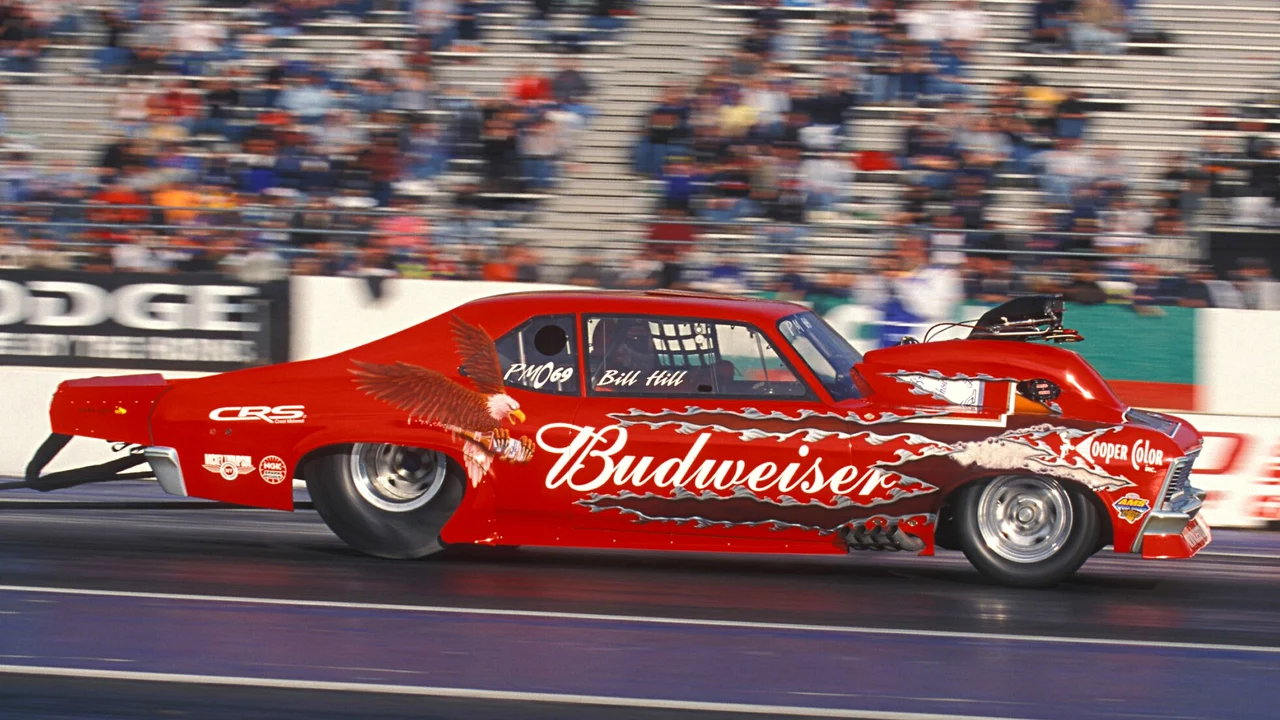Racing Comparison – What Sets Each Motorsport Apart
If you’ve ever wondered why a drag race feels like a thunderclap while a circuit race is a marathon of strategy, you’re not alone. The world of motorsport is full of distinct categories, each with its own rules, tech, and fan vibe. Below we break down the core elements that make each type of racing unique, so you can spot the differences the next time you watch a race or hit the track.
Speed vs. Strategy: Drag Racing and Circuit Racing
Drag racing is the purest burst of power you can imagine. It’s a straight‑line sprint from a standing start to the finish line, usually a quarter‑mile long. The goal? Get the best launch, max out horsepower, and cross the tape a fraction of a second ahead of your rival. Because the distance is short, the cars are built for raw acceleration, and drivers focus on reaction time and clutch control.
Circuit racing, on the other hand, is a test of endurance and tactics. Drivers negotiate turns, braking zones, and overtaking opportunities over many laps. Here, steady lap times, tyre wear, fuel strategy, and even weather can decide the outcome. It’s less about who can hit 200 mph the fastest and more about who can keep a fast, consistent rhythm while managing the car’s limits.
Technical Factors: G‑Force, Homologation, and Differentials
One word that pops up in almost every discussion about racing performance is “g‑force.” In simple terms, g‑force measures how hard the driver’s body is pushed into the seat during acceleration, braking, or cornering. In a high‑speed circuit car, you might feel 3–5 g in a tight corner, while drag racers experience massive longitudinal g‑force at launch, sometimes over 2 g. Knowing these forces helps engineers tune suspension, seat belts, and cockpit ergonomics for safety and speed.
Homologation rules are the sport’s way of keeping the playing field fair. When a class requires homologation, manufacturers must produce a minimum number of road‑going versions of a race car, or meet specific component standards. This prevents a team from creating a one‑off monster that can dominate a series. For example, the World Rally Championship forces cars to share many parts with production models, ensuring cost control and closer competition.
The differential is another piece that often defines a car’s handling. A limited‑slip differential (LSD) is the go‑to choice for most race cars because it balances power between wheels, giving better traction when exiting corners. In drag racing, a spool or a very aggressive LSD can help put all the engine’s power to the rear wheels for a clean launch. In circuit racing, an LSD smooths out power delivery through bends, helping the car stay stable at high speeds.
All these elements—speed focus, strategic depth, g‑force impacts, homologation limits, and differential choices—combine to create a rich tapestry of racing styles. Whether you love the instant adrenaline rush of a drag strip or the cerebral puzzle of a grand prix, understanding the technical and tactical differences makes every race more exciting.
So next time you’re watching a race or thinking about getting behind the wheel, ask yourself: is this a pure‑speed showdown or a strategic battle? The answer tells you a lot about the technology, the rules, and the raw feeling that each form of motorsport delivers.





